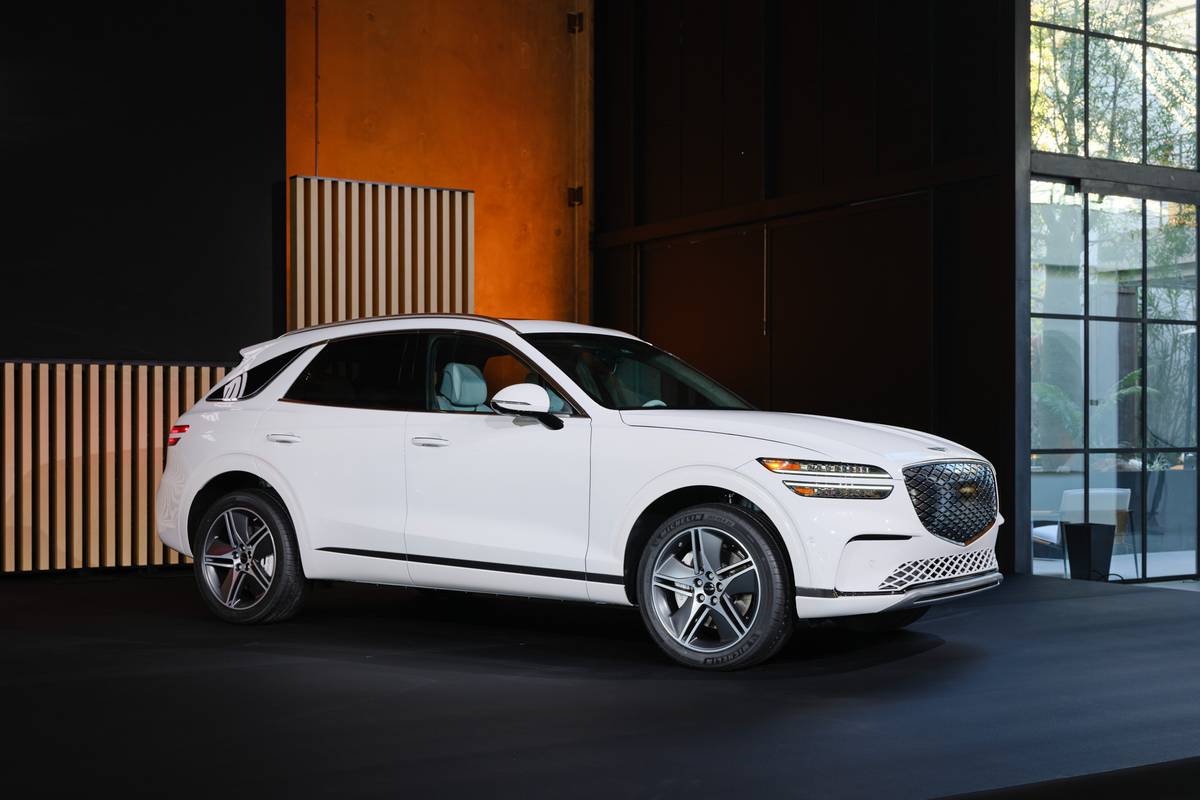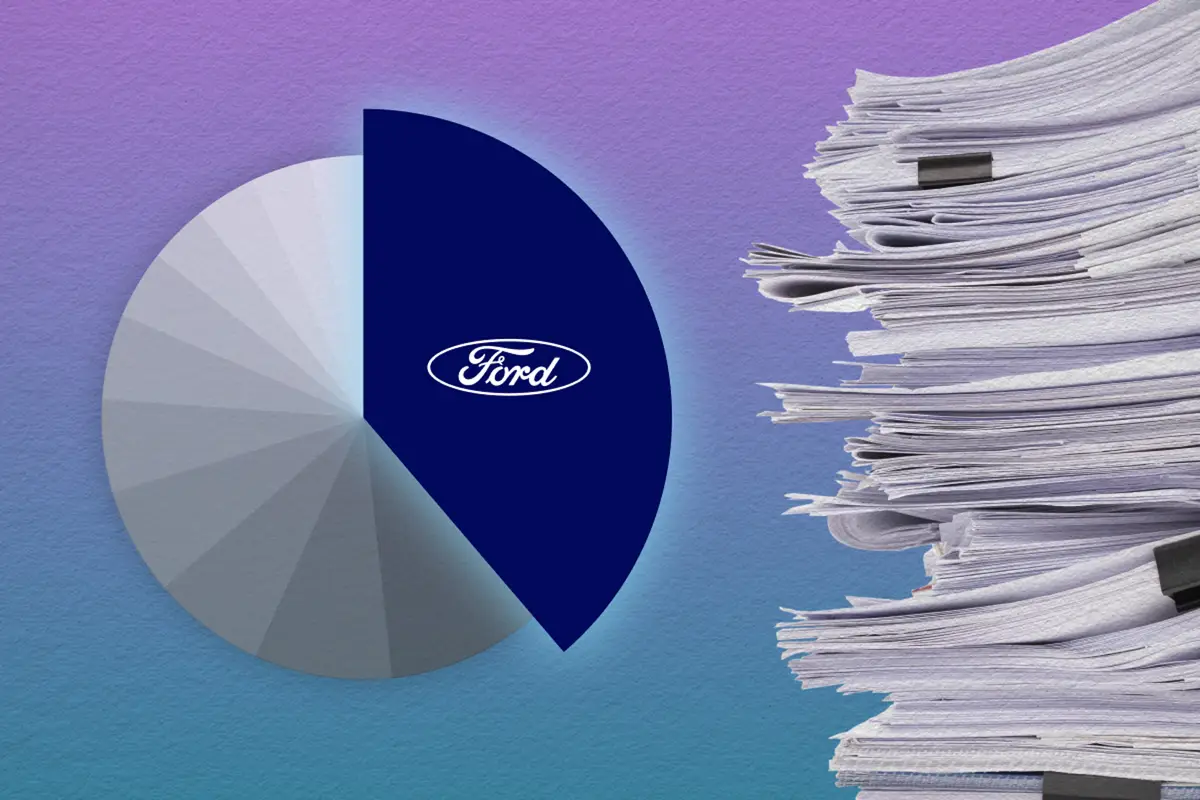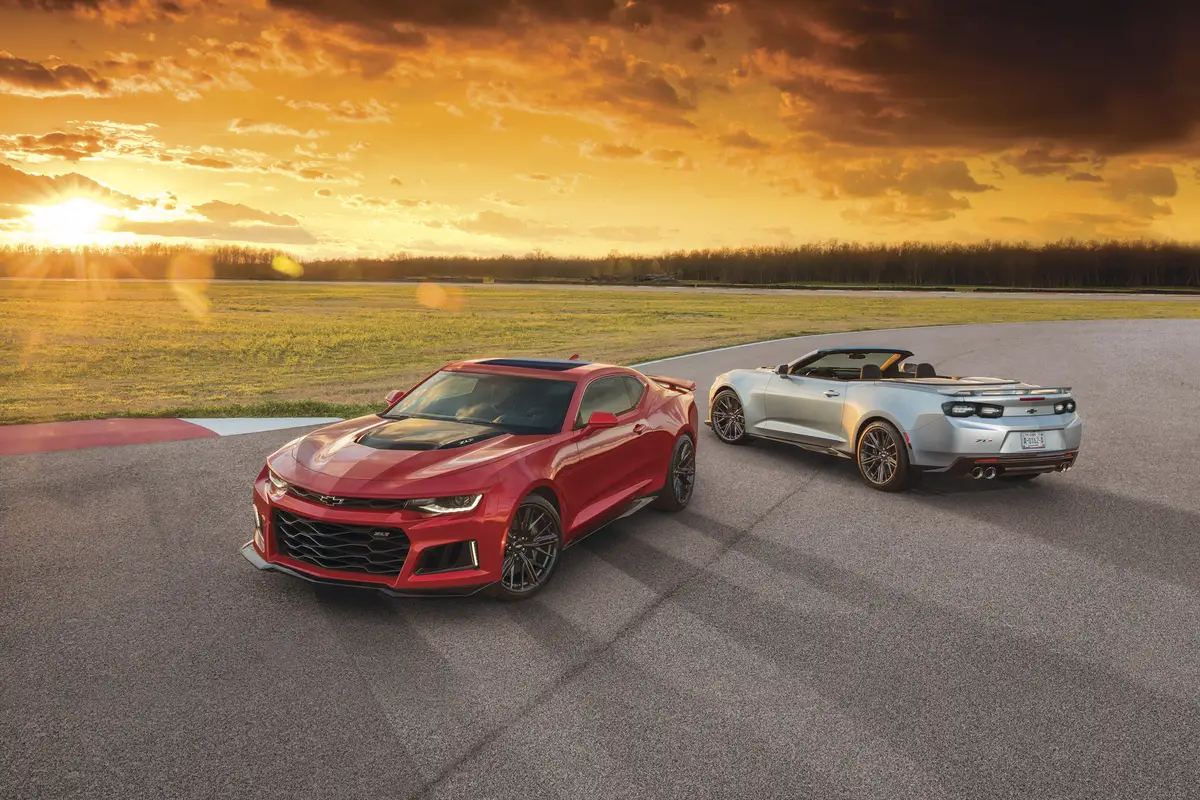TheMercuryNews.com's view
Nissan’s Altima sedan remains a sporty alternative to bestselling mid-size models such as Toyota’s Camry and Honda’s Accord. All three middle-of-the-driveway, made-in-America machines from the big Japanese automakers are recommended by Consumer Reports.
The first Altima arrived in 1993 as a four-cylinder replacement for the Stanza. The car got bigger, but worse looking in its 1998 redesign. Finally, in 2002, when it added a V-6 engine choice and a half-foot in length, Altima became truly competitive with Accord and Camry. For 2005, the Altima got some tweaks to give it a fresher face and a nice cabin.
To my eye, the Altima is a more appealing choice than either the conservative Camry or the aging Accord. A new version of the Accord comes out in the fall, and it’ll be followed in 2006 by an all-new Camry. An all-new 2007 Altima arrives in 2006, when a hybrid gas-electric version becomes available.
The Altima has something else going for it — the SE-R model. It’s sporty, without being overdone.
And priced from about $29,000 — our test model with just a few options had a sticker price of $30,680 — the Altima SE-R is affordable for many buyers in search of a six-cylinder family sedan with a bit more personality.
There are six flavors of the Altima. The 2.5, 2.5 S and 2.5 S with SL package versions coming with a 175-horsepower, 2.5-liter four-cylinder engine. The Partial Zero Emission Vehicle (PZEV) versions sold in California are rated at 170 horsepower. The 3.5 SE and 3.5 SL models come with a 250-horsepower, 3.5-liter V-6 engine.
And the top-dog 3.5 SE-R adds 10 more horsepower (260) and two pound-feet (251) of torque. It’s a minor jump, but it’s enough to give a car that already feels fast another blip, and to endow its owner with some bragging rights.
Our car came with the five-speed automatic shifter — a no-cost option and a better choice for family driving, perhaps, but the six-speed manual suits the tone of this car more closely.
High-flow mufflers, larger dual exhaust tips, 18-inch, Y-rated tires and a beefier suspension setup (stiffer springs, thicker stabilizer bars) improve the SE-R’s handling over the lesser Altimas. Brakes are larger to match the increased power, and the front brake calipers are adorned with the SE-R’s script logo.
Cosmetically, the SE-R gets some minor front and rear fascia changes, a more obvious rear spoiler and smaller, integrated fog lights. The darker grille treatment and smoky lights are distinctive touches here.
The SE-R’s special wheels — 18-inch forged alloys — resemble a tangle of snakes like you’d find in a pet store aquarium or at a nature museum. I think they’re ugly.
On the inside, special sport seats with color inserts, muted chrome trim, drilled pedals and three gauges above the radio — fuel, oil pressure and voltmeter — set the car apart. Special SE-R badging is used liberally inside and on the exterior of the vehicle.
Code red is an exclusive Altima SE-R paint color. Our test model was a more subtle shade, sheer silver.
The Altima SE-R comes with front air bags and anti-lock brakes. Side and side-curtain air bags along with a traction-control system were added to our test car as an $800 option. Stability control isn’t available on this front-wheel-drive car.
Features like HID Xenon headlights, an eight-speaker Bose stereo, a power sunroof, air conditioning and cruise control are standard on the SE-R. A DVD-based navigation system, offered on the 2.5 SL, 3.5 SE and 3.5 SL, isn’t offered on the SE-R. Satellite radio — either XM or Sirius — is available.
The cheapest Altima, the 2.5, has a base price under $18,000. The cheapest Altima with the 3.5-liter V-6 starts at about $23,000.
The SE-R, at $29,200, is about $2,200 more expensive than the SL version. For that price, you get more power, a better ride and a nice collection of look-pretty items. And a bit of exclusivity in a family sedan. That makes it worth the price.
Contact Matt Nauman at mnauman@mercurynews.com or (408) 920-5701.
Latest news



